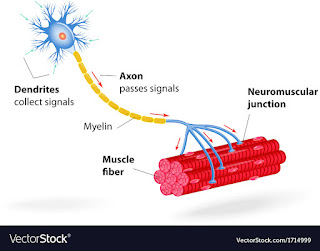Yoga and PMS research
Ninety percent of women of reproductive age experience at least one symptom of PMS (premenstrual syndrome) at some point in their lives.
PMS, or premenstrual syndrome, refers to the cyclic symptoms that start one to two weeks before menstruation (luteal phase), and resolve within four days of the onset of menses (1). The symptoms can be physical, cognitive, behavioral and/or emotional. In only five percent of cases the syndrome is severe enough to be considered a premenstrual dysphoric disorder (1).
The prevalence of PMS is variable (30-50%) and the data depend on the sources cited. The variability may be related to the fact that the foundation to alleviate and control these symptoms relies on exercise, balanced nutrition and good quality of sleep.
When exercise, balanced nutrition and sleep are optimal, the symptoms of PMS may not affect the quality of life of the women who experience symptoms of PMS. The etiology of PMR is multifactorial and the effects of the fluctuations of hormones, which play a role in it, may be counteracted by a healthy lifestyle.
This entry explores the research on the effects of yoga to mitigate the symptoms of PMS. Symptoms of PMS include abdominal bloating, headaches, breast tenderness, fluid retention, irritability, anxiety, mood swings, sadness, fatigue, food cravings, sleep disturbances, menstrual cramps and many others.
As a mind-body discipline, yoga can regulate the hypothalamic-pituitary-adrenal axis, downregulate the sympathetic system and promote the release of endorphins, leading to a perception of general well-being (6).
A study published by the International Journal of Environmental Research and Public Health explored the effects of yoga on a group of working women with PMS in Taiwan (2). Sixty-four women completed the yoga intervention that they had to do for 12 weeks twice a week for fifty minutes under the guidance of a certified yoga instructor (2).
The participants completed a structured self-report questionnaire about their personal lifestyle, menstrual status, baseline menstrual pain scores, premenstrual symptoms and health-related quality of life. Ninety percent of the women experienced menstrual pain. After the yoga intervention, however, participants reported decreased use of analgesia and decreased effects of menstrual pain (p:0.0011).
The yoga intervention correlated with decreased abdominal cramps and breast tenderness; improvement in physical function, vitality, mental health and social function were also documented after the yoga intervention was completed.
A randomized clinical controlled study was done to evaluate the efficacy of yoga to help relieve menstrual pain (3). They found that yoga poses like fish, cat and cobra helped to decrease the intensity and severity of pain in adolescents with primary dysmenorrhea (3).
Another study done in 260 university students in Iran showed that relaxation techniques helped to allay symptoms of PMS (4).
It is not uncommon for people to wonder whether aerobic exercise is better than yoga to lessen symptoms of PMS. A study published by the Journal of Education and Health Promotion compared the effects of yoga with aerobic exercise on premenstrual syndrome (5). A total of 72 participants were randomized to receive either Yoga or aerobic exercise training for 40 minutes three times a week for one month. Pain intensity and a PMS scale were used to measure the effects at baseline (before the intervention), fifteen days later and at one month, when the intervention was completed.
The results showed that both yoga and aerobic exercise were helpful to relieve PMS, but yoga was found to be even more effective than aerobic exercise (5). There was no significant difference in the effect on pain intensity.
Yoga is a kind of holistic practice that improves health and mental well being when it is done safely, with mindful awareness and regularity.
References:




Comments
Post a Comment
Thank you for commenting.